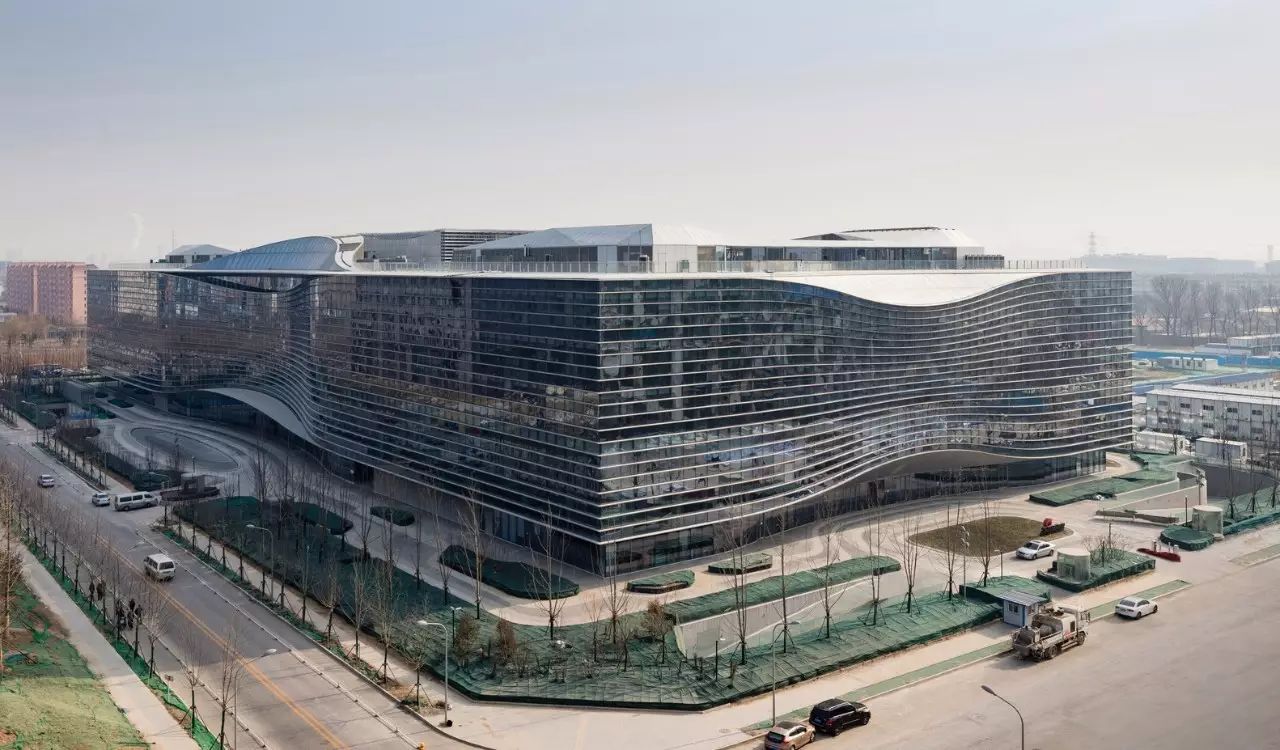中山女性痔疮治疗要花多少钱-【中山华都肛肠医院】,gUfTOBOs,中山便血肛门疼,中山大便出血怎样治疗,中山大便干燥出血多,中山肛裂手术的费用怎么样,中山哪治疗便血最好,中山缺血性肠病
中山女性痔疮治疗要花多少钱中山大便拉鲜红色血,中山华都胃肠医院介绍,中山肛裂哪家医院好,中山华都医院治疗痔疮需要多少钱好不好,中山大便流血了,中山治疗痔疮的好方法,中山便血最好的医院

in Colorado on Sunday afternoon.The Larkspur Fire Department said the group of eight people were hiking near the Devils Head Lookout at the summit around 3 p.m. when the lightning strike in Pike National Forest occurred. Ryan Smedra, the incident commander for Jackson 105 Fire Protection District, said the strike hit a rock wall near the hikers and the blast knocked many of them violently to the ground.Five of the hikers affected were able to walk out of the area on their own, the fire department said. They were treated for minor injuries. But a couple of them had burns from the strike, Smedra said. Some of the patients also complained of having tingling sensations.Two other adults required assistance. One of them was transported to the hospital for observation. The eighth victim, an adult woman, suffered critical injuries. She had to be carried down from the trail in a stretcher and was transported to a nearby hospital in critical condition. Officials could not say what type of injuries she sustained. However, Smedra said she did not appear to have burns.Douglas County Search and Rescue said the operation was challenging due to the area's terrain. More than 30 people from multiple agencies were involved in rescue efforts. The lookout tower, established in 1912, is used by the U.S. Forest Service to spot fires. It's accessed by the Devils Head National Recreation Trail. 1394
You don’t have to make another federal student loan payment in 2020. Now is the time, though, to decide what to do before your bill arrives in January 2021.Federal student loan borrowers were already in an automatic interest-free pause on payments as part of the original coronavirus relief bill, known as the CARES Act. This pause was expected to expire Sept. 30, but an extension of the forbearance through Dec. 31 was directed in a memorandum signed by President Donald Trump on Aug. 8.However, it’s uncertain that all the student loan relief measures included in the original CARES Act, such as a pause on collection activities, will also continue.“The language of the executive order is not clear,” says Betsy Mayotte, president and founder of The Institute of Student Loan Advisors. It’s also possible, she says, that Congress will make additional changes before the current automatic forbearance period ends.For now, the forbearance extension is to begin Oct. 1 and run through the end of the year, barring any legal challenge. The Department of Education is expected to issue additional guidance in the coming days on the details of the memorandum.Here’s what the student loan payment relief extension is likely to mean for you, depending on your situation:You have federal loans and face financial hardshipAlthough January 2021 is just a few months away, it’s enough time to make a change to your federal loan payments and avoid defaulting on the loans.“There is no harm or downside in talking to your servicer now,” says Scott Buchanan, executive director of Student Loan Servicing Alliance, the trade association of student loan servicers. “You want to be well-prepared for whenever this does expire.”If you know you’ll have difficulty repaying the debt, contact your servicer now about enrolling in an income-driven repayment, or IDR plan — it caps payments at a portion of your income and extends the repayment term. If you don’t have a job, your payment could be zero. If you’re already enrolled in IDR, make sure to recertify your income if it has changed.You can still make payments on your federal loansIf your finances haven’t been affected by the economic downturn, you can use this time to prioritize financial goals.Consider making payments toward the principal on your federal loans to lower your overall debt. Since your loans are on automatic forbearance, you’ll need to contact the servicer to do so.You can also make a dent in other financial goals, such as paying down credit card debt or padding your emergency fund.Your federal student loans are in default or rehabilitationAll collection activities on federal student loans are suspended through Sept. 30, such as wage garnishment and collection calls. However, experts say, the new memorandum doesn’t specifically indicate that collections would be suspended through the end of the year.Similarly, if you’re currently rehabilitating defaulted student loans, the original six months of nonpayment counted toward the nine needed to complete the process. But the memorandum doesn’t specify this would continue under the forbearance extension. Contact your servicer for more information.You’re pursuing Public Service Loan ForgivenessFederal student loan borrowers pursuing Public Service Loan Forgiveness don’t need to make payments until Sept. 30. Those months of nonpayment still count toward the 120 payments needed to qualify for PSLF as long as you’re still working full time for an eligible employer.However, there is no indication yet that the new memorandum applies to borrowers pursuing PSLF, experts say. Contact your servicer to find out if the additional months of forbearance would count toward PSLF. If not, consider making payments during this time to keep on track.You recently graduated from collegeIf you were expecting to start making payments on your loan within the period of extended forbearance, your first payment won’t be due until January. Usually, interest accrues during a grace period, but if your six-month grace period overlaps with the administrative forbearance period, interest won’t grow.Use this time to find out who your servicer is and what your first bill will look like.If you think you can’t make your minimum payment come January, you can apply for an income-driven repayment plan to cap payments at a portion of your income (it could be zero if you don’t have a job). Apply for income-driven repayment at least two months before repayment starts.You’re taking time off from schoolFederal loans typically have a grace period of six months after you leave school. If you have student loans and last attended school in the spring, your payments would start to come due this fall. The extended forbearance period would delay your first payment until January.When you resume classes, you can defer payments until you finish school as long as you are enrolled at least half time. But student loans get only one grace period; you won’t have another after you graduate or leave school again.You have private student loansYour lender may offer private student loan relief in the form of a payment pause or reduced payments. While a number of lenders structured relief plans to end Sept. 30, many are open to an extension or additional relief.Contact your lender to ask about additional deferments or payment reductions. You can also apply for existing loan modification programs for financial hardship. These will vary from lender to lender — but interest will continue to accrue, unlike with federal loans.You’ll likely have to apply for private loan relief individually since most lenders aren’t making payment pauses or loan modifications automatic, Mayotte says.You have nongovernment owned FFEL or Perkins loansStudent loan borrowers with the Federal Family Education Loan (FFEL) Program or Federal Perkins loans not owned by the Education Department don’t have access to the automatic forbearance.To take advantage of the forbearance, you’ll need to combine your loans into a federal direct consolidation loan. Consolidating loans will cause any unpaid interest to capitalize, or be added to the principal balance. Contact your loan servicer to determine how consolidation will affect the total repayment amount, interest rate and loan balance.More From NerdWalletHow to Get an Unemployment Deferment for Your Student Loans7 Kinds of COVID-19 Relief for College StudentsDon’t Fall for COVID-19 Student Loan Relief ScamsAnna Helhoski is a writer at NerdWallet. Email: anna@nerdwallet.com. Twitter: @AnnaHelhoski. 6537

Your trick-or-treating kids brought home candy you can't stand? (We're looking at you, licorice.) No worries. Check out the candy machine that swaps out all the treats you hate. Here's what else you need to know to get up to speed today. 256
— in damages to Sandmann’s family for its coverage of the Jan. 18 incident.The incident involved an interaction among a group of Covington Catholic High School student-activists who had participated in the March for Life, a group of Native American demonstrators participating in their own Indigenous Peoples March and members of a fringe religious group known as the Black Hebrew Israelites. The three groups encountered one another outside the Lincoln Memorial. The Black Hebrew Israelites, having spent hours shouting racist, homophobic invective at all passersby, began to insult the students while they waited for their buses. According to Sandmann, the students received chaperones’ permission to perform their school spirit chants as a positive counterpoint.The Native American group entered at this point. Leader Nathan Phillips, who said he believed he was witnessing a confrontation that could soon escalate, waded into the crowd of Covington students while singing and playing a traditional drum.Thence the image that became inescapable on social media: Phillips singing and playing his drum while Sandmann, wearing a red “Make America Great Again” cap, stood in front of him and smiled. A short clip of that interaction spread explosively on Twitter alongside a narrative claiming the students — many of whom were also wearing the red caps denoting support for President Donald Trump — had bullied and harassed the Native American group with chants including “Build the wall!” The next several days became a whirlwind of confusion, correction and competing stories about who had committed what grievous error that day. The Washington Post wasn’t the only outlet to cover the story, but it arrived early and presented coverage that aligned with the initial narrative. A Jan. 19 video clip of the interaction was titled “Teens mock and jeer Native American elder on the Mall,” and other coverage incorrectly referred to Phillips as a Vietnam War veteran based on statements by the Indigenous Peoples Movement and Lakota Law Project.The paper would later 2075
With wildfires impacting many American wineries, many winemakers are having tougher times testing their grapes.“Everything is so bad, it’s funny,” said Ashley Trout, owner and operator of Brook and Bull Cellars in Walla Walla, Washington.With professional labs that test grapes for smoke taint back logged for more than a month, Trout is now literally taking matters into her own hands, testing grapes during a natural fermentation process and using her senses to spot signs of smoke taint.Trout says instead of waiting five weeks for results from a lab, she’s now getting them in five days on her own.With more challenges in the industry, wine experts say more winemakers are trying creative techniques.“Everybody is going back to the drawing board thinking, 'Okay, what can I do, what will compliment this wine I’m making,’” said Anita Oberholster, Ph.D., with the University of California, Davis viticulture and enology program.She says wildfires have forced many wineries to go back to the basic of wine making.“People are throwing their recipe books away,” Oberholster said. “If you can, rather do hand picking than machine harvesting because it’s more gentle on the grapes.”Oberholster estimates about 20% of the grapes grown in 2020 were not harvested, which could cause this multi-billion dollar industry to raise its prices.Back in the vineyards, Trout is reluctantly adjusting to this new norm.“I have never wanted to make wine in a bucket before,” she said.With wildfires still raging across the West Coast, the area that produces 85% of America’s wine, winemakers like Trout will be feeling the impacts long after the smoke settles.“It’s 2020,” she said. “So, we’re going to make some bucket wine and see how it goes.” 1738